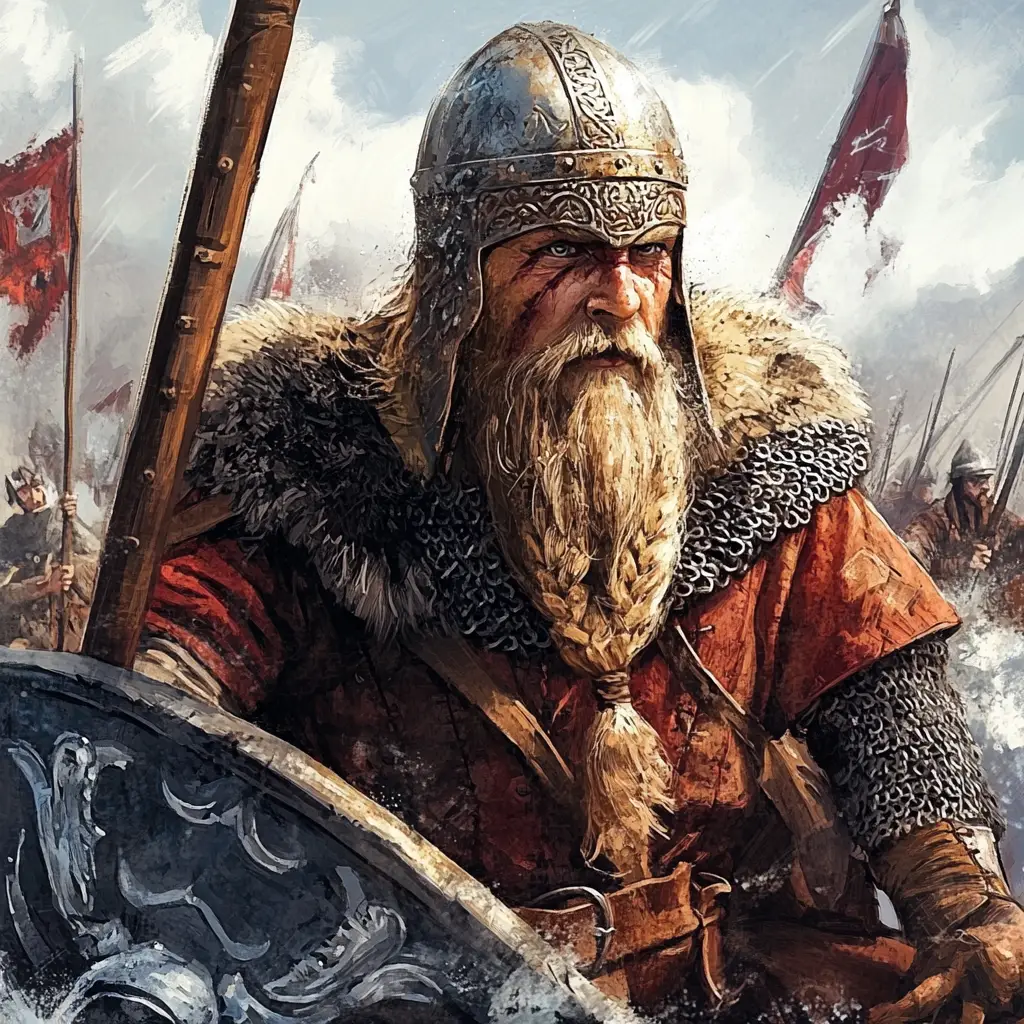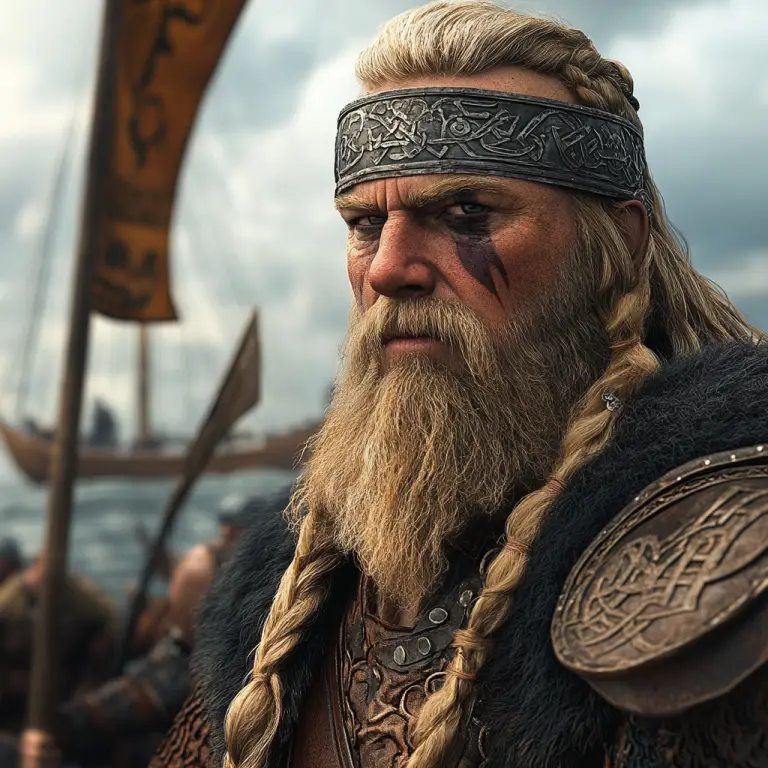Before the Viking Age (Pre-793 CE)
2000–500 BCE: Scandinavian Bronze Age. Early societies in the region develop seafaring skills and trade networks.
500 BCE–700 CE: Germanic Iron Age. Proto-Norse culture evolves, marked by rune use and the worship of gods like Odin, Thor, and Freyja.
6th–8th centuries CE: Early Viking trade and exploration begin in the Baltic region.
The Viking Age (793–1066 CE)
8th Century
737CE: Construction of the Danevirke Fortifications
750: Emergence of the trading town of Birka
793 CE: The Viking Age officially begins with the raid on the monastery of Lindisfarne, England. This marks the start of Norse raiding and expansion.
795 CE: Vikings raid Iona, Scotland, and other Irish coastal including Raithlin Island Monastery
799 CE: Viking raids reach the coast of France.
9th Century
800 CE: Viking exploration intensifies; Scandinavian settlements expand in the British Isles and Ireland. Elder Futhark replaced by 16-Rune Futhark. Hedeby centre of Baltic trade.
815 CE: Floki Vilgerdason of Rogaland discovers Iceland.
820s CE: Early Viking trade networks connect Scandinavia to the Middle East via the rivers of Eastern Europe.
834: The Oseberg ship burial.
838: First Rus Vikings arrive at Miklagard (Constantinople)
840: Vikings establish Woodstown, Waterford a Viking Base Camp.
841 CE: Vikings establish Dublin as a long-term base in Ireland.
843: Viking Raid on Nantes.
865 CE: The Great Heathen Army, a large Viking force, invades Anglo-Saxon England. This begins a period of prolonged conflict.
874 CE: Vikings settle in Iceland, led by Ingólfr Arnarson, marking the start of Icelandic settlement.
878 CE: Alfred the Great of Wessex defeats the Vikings at the Battle of Edington, leading to the Treaty of Wedmore. This establishes the Danelaw, a Viking-controlled region in England.
10th Century
911 CE: Viking leader Rollo is granted land in northern France by King Charles the Simple, founding the Duchy of Normandy.
930 CE: The Althing, Iceland’s national parliament, is established—the oldest parliament in the world.
954 CE: The Viking kingdom of York falls, marking the decline of the Danelaw in England.
980s CE: Erik the Red explores and settles Greenland after being exiled from Iceland.
985 CE: Leif Erikson, son of Erik the Red, leads expeditions to North America, establishing a settlement at Vinland (modern Newfoundland).
11th Century
1013 CE: Sweyn Forkbeard becomes the first Viking King of England.
1016 CE: Cnut the Great (Sweyn’s son) becomes King of England, Denmark, and Norway, forming the North Sea Empire.
1042 CE: The death of Harthacnut ends Danish rule in England.
1066 CE: The Viking Age ends with the death of Harald Hardrada at the Battle of Stamford Bridge. Shortly after, William the Conqueror, a descendant of Viking settlers in Normandy, wins the Battle of Hastings.
Post-Viking Age (1066–1300 CE)
1100s CE: Norse influence persists through trade and settlements in Greenland and the North Atlantic.
13th Century: Iceland and Greenland fall under Norwegian rule. Icelandic sagas are written, preserving Viking myths, history, and culture.
1262 CE: Iceland submits to Norwegian rule, marking the end of its independence.
Late 1300s CE: The Kalmar Union unites Denmark, Norway, and Sweden, incorporating the former Viking territories under one crown.
Legacy of the Vikings
The Viking Age left a profound impact on Europe and beyond:
Cultural Influence: Scandinavian art, mythology, and seafaring traditions are preserved through sagas and archaeological finds.
Political Influence: Viking-descended rulers like William the Conqueror shaped European history.
Exploration: The Vikings were among the first Europeans to reach North America.
This timeline shows the Vikings as not just raiders, but also explorers, settlers, and traders whose influence extended across Europe, the Middle East, and the Americas.



